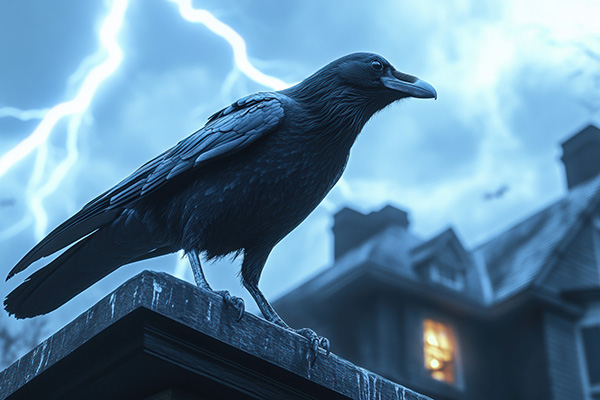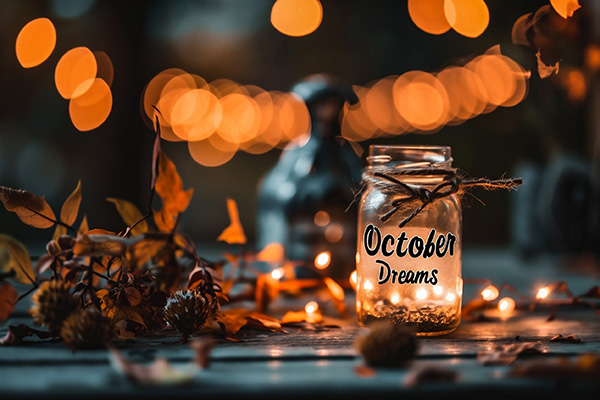esoteric traditions
A Beginner’s Guide To Moon Manifestation
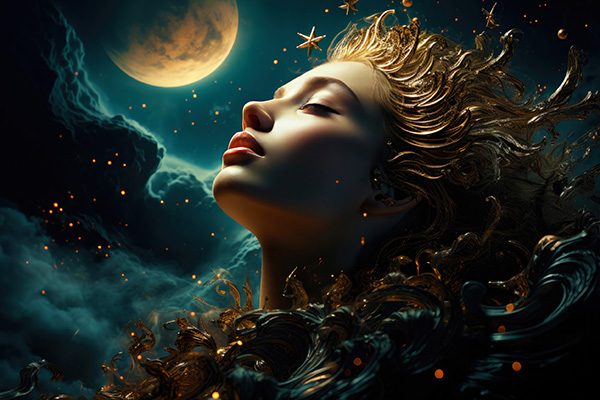 The Moon is a powerful and mysterious satellite in our sky. It governs the tides, controlling the movement of our planet’s vast bodies of water. Water, as an element, is connected to our emotions and intuition.
The Moon is a powerful and mysterious satellite in our sky. It governs the tides, controlling the movement of our planet’s vast bodies of water. Water, as an element, is connected to our emotions and intuition.
Considering that our bodies are 70-80% water, the power of the moon cannot be ignored; its influence runs deep within our cells.
Throughout time, the moon has been seen as a powerful energetic body across many cultures. As we observe the moon wax and wane, it teaches us about the cycles of time and the rhythm of nature. It also provides an opportunity to harness its energy to amplify our intentions of creation and release.
How can we attune ourselves to the rhythm of the moon and use this natural cycle in our practical lives?
First, we must pay attention. With so much going on, most people aren’t even aware when the moon is full or new.
Get a calendar that shows the lunar cycle to make this easier. Once you can easily track the moon’s cycle, you can incorporate it into your spiritual practice.
To take advantage of the moon’s energies, align your intention setting with each phase.
The Full Moon is a great time for setting intentions of release and letting go. This is because, after the moon is full, it begins to wane, meaning the crescent gets smaller and smaller until the moon is completely dark.
Connecting With Gaia Through The Art Of Dowsing
 I’ve always loved working with dowsing rods. Over the years, I’ve used them in many different ways, such as tracking down lost car keys, finding jewelry, and locating missing household items in the most unlikely places.
I’ve always loved working with dowsing rods. Over the years, I’ve used them in many different ways, such as tracking down lost car keys, finding jewelry, and locating missing household items in the most unlikely places.
Dowsing is a wonderful intuitive practice. I’ve dowsed for many things over the years, but water dowsing has always fascinated me, because it connects nature and the physical world with the spiritual and mystical.
While digital technology and scientific methods have become the preferred tools used by engineers and geologists to accurately locate groundwater, pipes, and leaks, the ancient art of water dowsing is still practiced today. This practice is often called “water witching” in some parts of the United States.
Many farmers and homeowners still hire dowsers to find well locations, especially in rural areas. In fact, some professional water companies and utility providers have been known to also use dowsing rods to help locate pipes and leaks, alongside modern technology.
For me, this way of tuning into the earth’s natural flow and sensing what lies beneath the soil is deeply grounding and primal. It feels like aligning with the consciousness of the Earth herself, to Gaia, or Mother Nature. Gaia is more than a poetic metaphor; she is a living, breathing entity whose subtle energies speak to us if we know how to listen.
When I dowse for water, I feel as though I’m entering into quiet communion with her. I am attuning to her rhythms, her hidden pathways, and her silent wisdom. It’s a sacred act of reconnection, a reminder that we are not separate from nature, but part of her great, mysterious web of existence.
Embracing The Dark Season With Isa And Jera
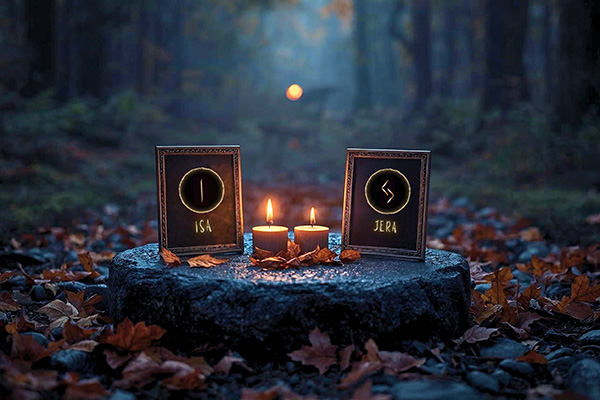 This time of year, when the air first sharpens and the trees begin to release their golden leaves, I feel a familiar stirring in my heart and soul.
This time of year, when the air first sharpens and the trees begin to release their golden leaves, I feel a familiar stirring in my heart and soul.
Early fall has always been more than just a change of weather to me. It is a threshold, a sacred gateway that leads us from the brightness of summer into the deeper mystical wisdom of the dark season.
There’s a particular magic in this in-between time of the year…where light and shadow meet, and the veil between worlds begins to thin.
Fall is not merely an ending; it is an invitation inward. It asks us to reflect, to release, and to realign with the deeper currents that move through all things. Just as the trees surrender their leaves, we too are asked to let go of bad habits, limiting beliefs, or self-imposed burdens that no longer serve our highest path.
Our ancestors knew this well. They did not simply mark their calendars this time of year…to cover the pool or reorganize their closets, like we do. Instead, they were in deep sync with the rhythmic cycles of the year.
In the North, they honored the harvest with gratitude, they stored up sustenance for the long winter months ahead…and they carefully consulted the runes. The runes were for them living messages from the gods that spoke of fate, nature, and the mysteries of life.
As an spiritual advisor who works with the runes, I often remind my clients that these symbols are not relics of the past. They are very much alive, pulsing with energy, ready to guide us if we open ourselves to their voices.
The Timeless Magic Of Nature Spirits And Elementals
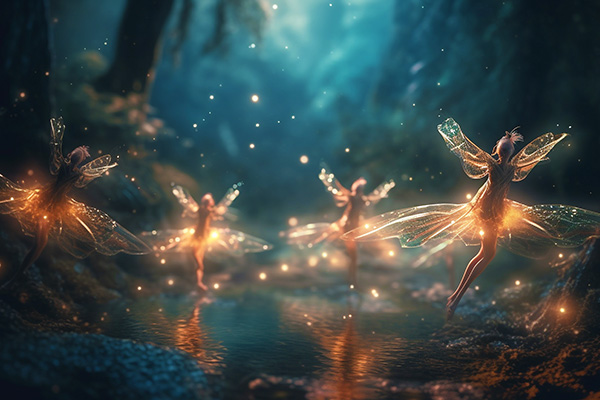 As a youngster growing up in the UK, I loved visiting a neighbor, Mrs. O’Leary, whose lilting Irish voice still echoes in my mind. She spoke often of the “Good People” and acknowledged their presence in her home and garden. I recall her taking us outside to witness her making small offerings to these unseen little mystical beings.
As a youngster growing up in the UK, I loved visiting a neighbor, Mrs. O’Leary, whose lilting Irish voice still echoes in my mind. She spoke often of the “Good People” and acknowledged their presence in her home and garden. I recall her taking us outside to witness her making small offerings to these unseen little mystical beings.
Though it feels like a distant memory now, I can still recall seeing them, too. Perhaps they appeared to us because we truly believed, or perhaps because Mrs. O’Leary invited them to show themselves.
Whatever the reason, those moments left a lasting impression. To me, it felt like truly being “in my element,” fully connected to the hidden, magical forces of nature.
I vaguely recall a magical moment in Mrs. O’Leary’s garden when she pointed out to me a tiny, translucent little figure perched on a large moss-covered rock at the base of her prized old hawthorn tree. With delight, she described how this “little person” was waving at us and encouraged me to wave back. Standing there with awe and intrigue, I became aware of what seemed like hundreds of luminous sprites dancing in the glistening water below.
Despite all the cynicism of a technologically driven world, increasingly devoid of the many miracles and wonders of nature and the unseen realms, Mrs. O’Leary and the spirits of nature still remind me of the healing, transformative power that lies in reverence, stillness, and everyday magic.
